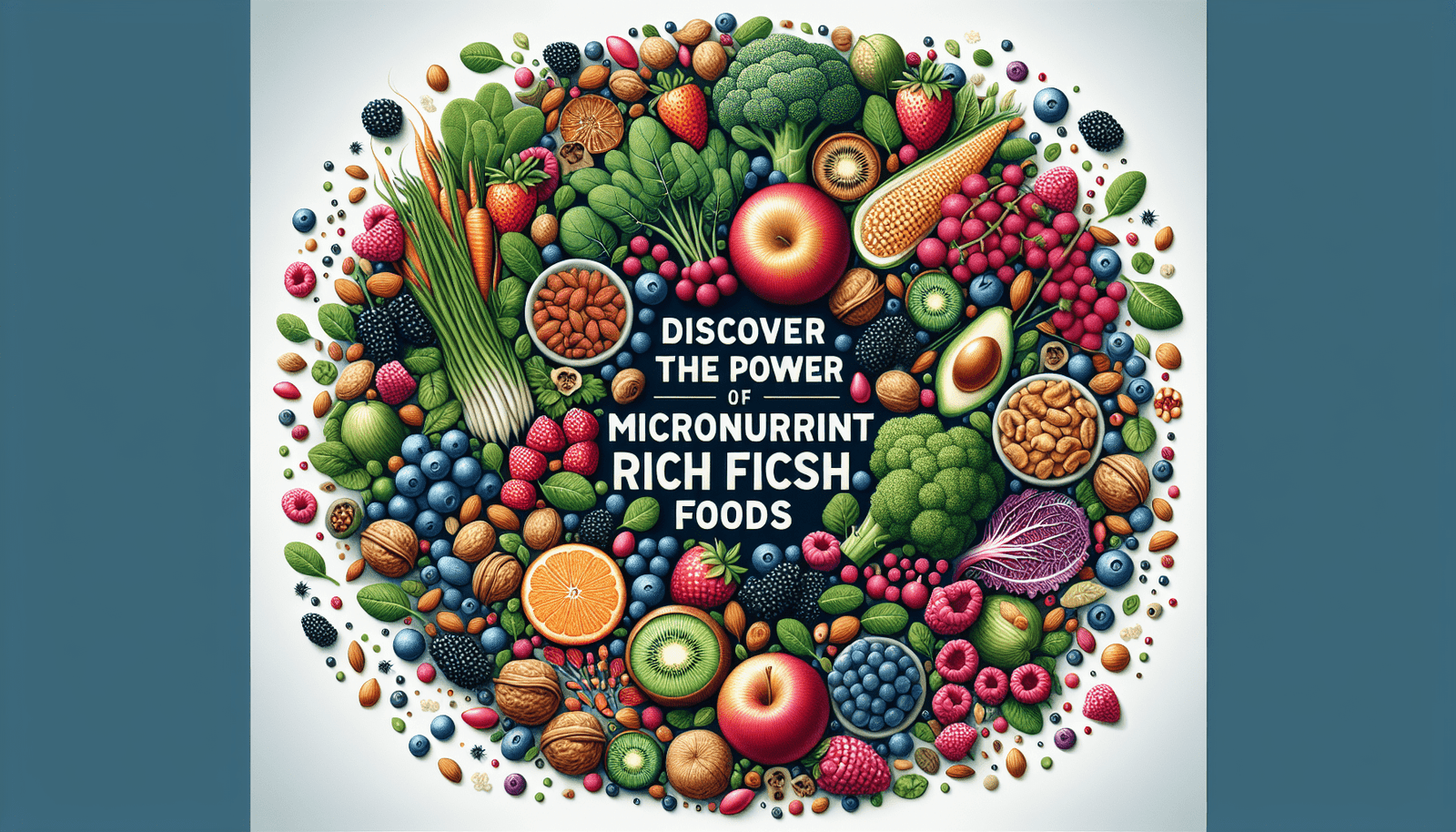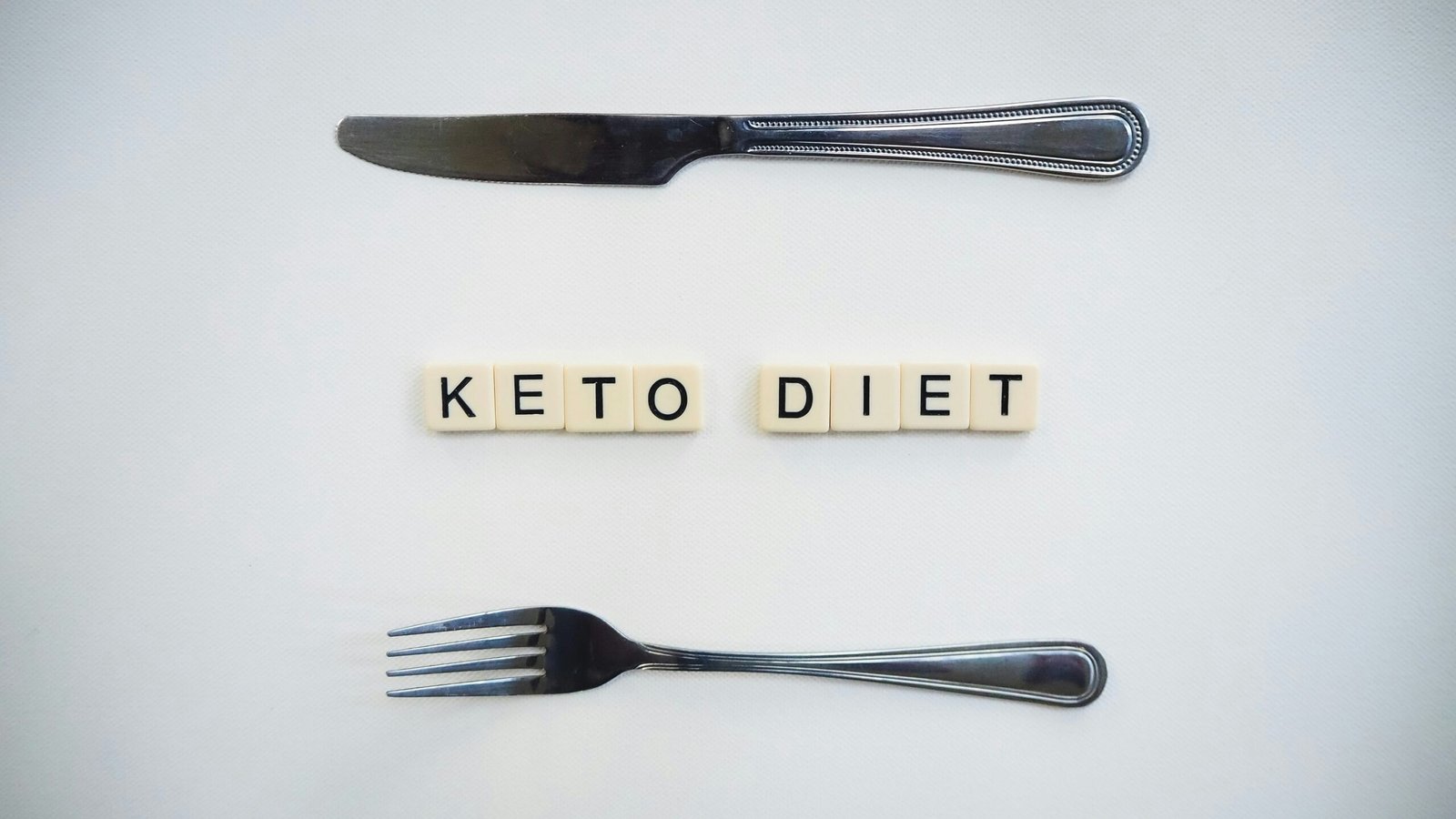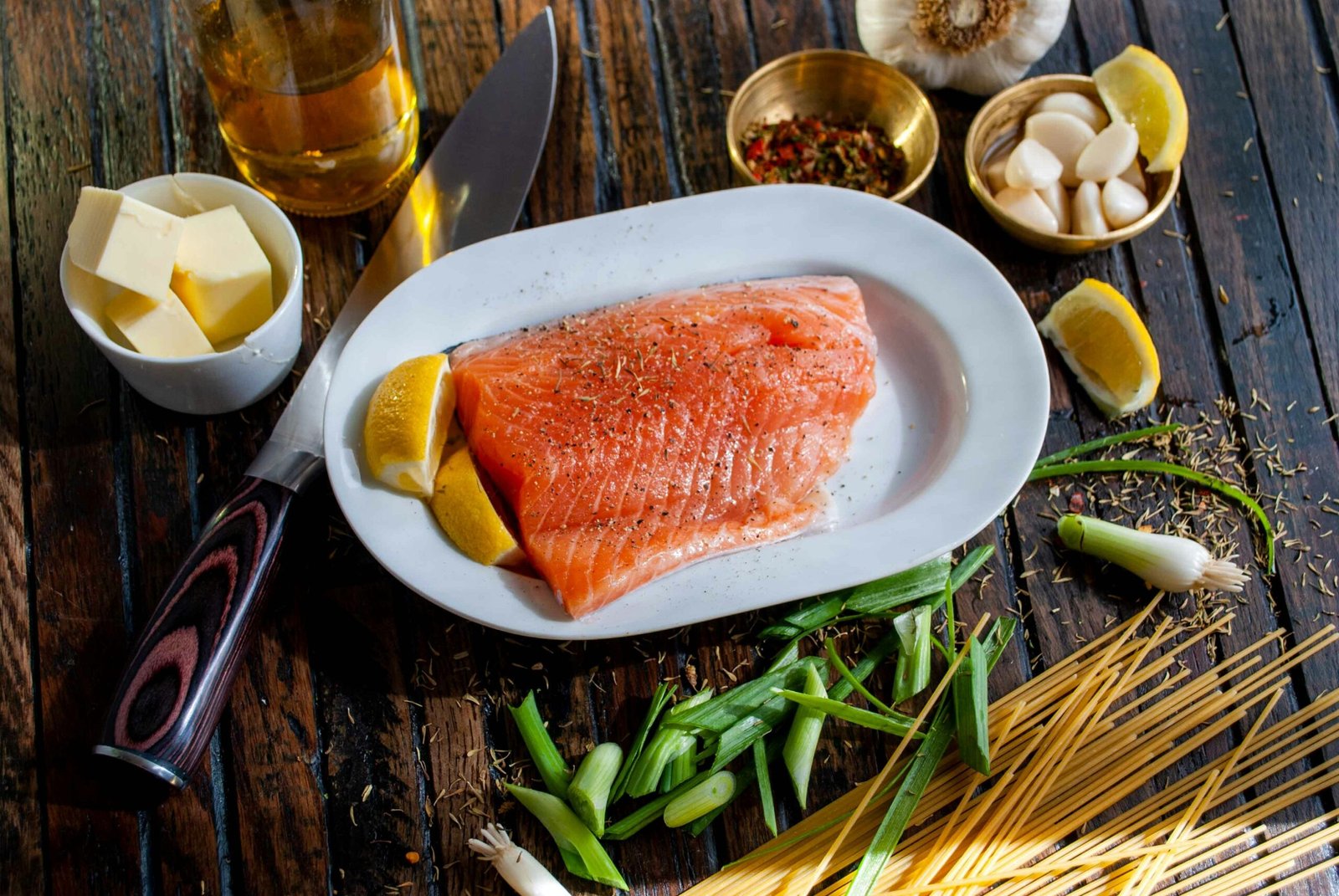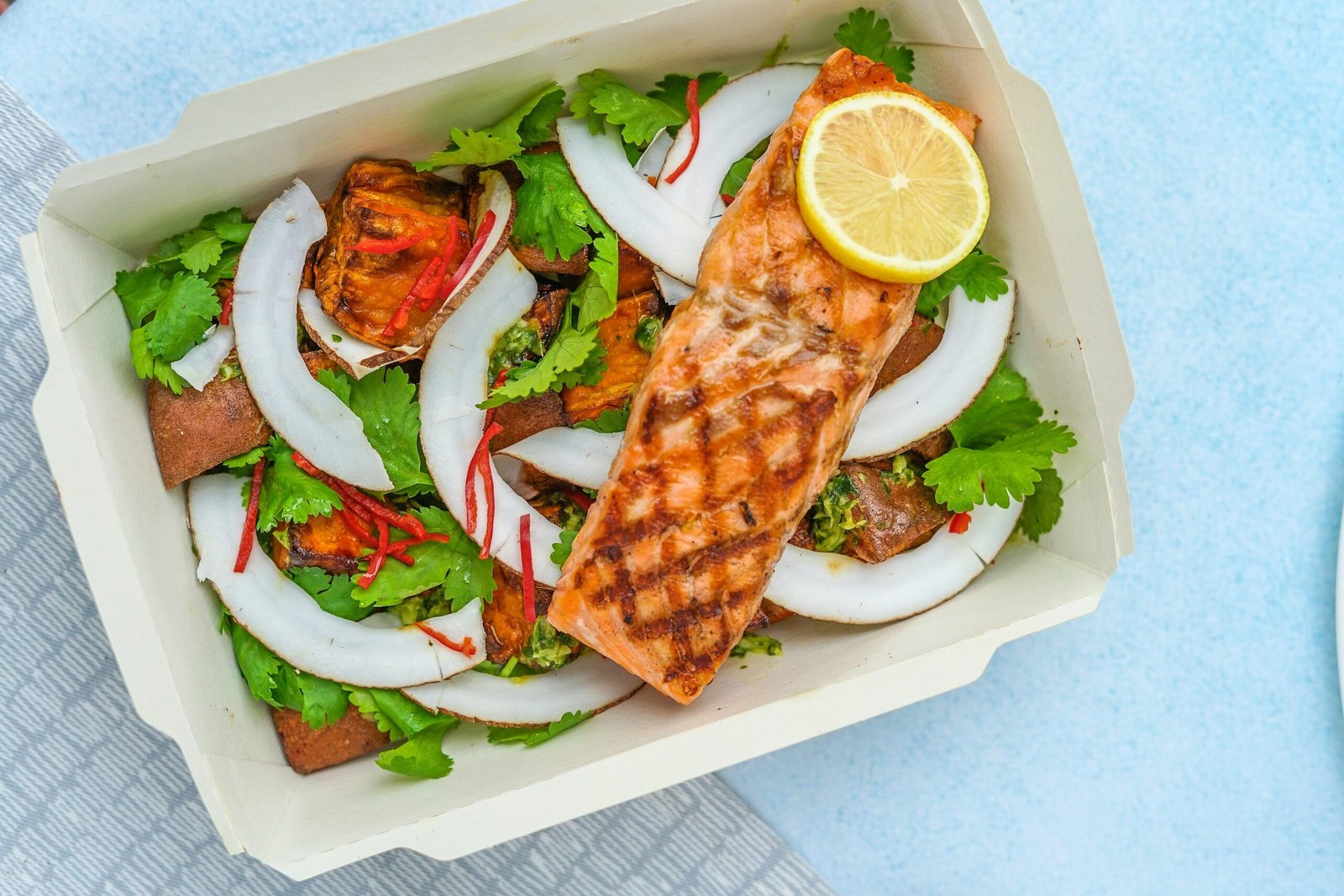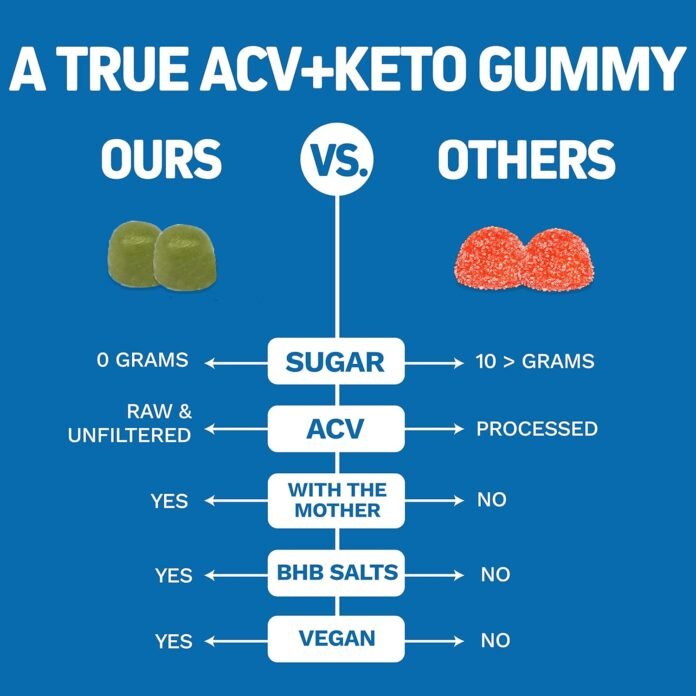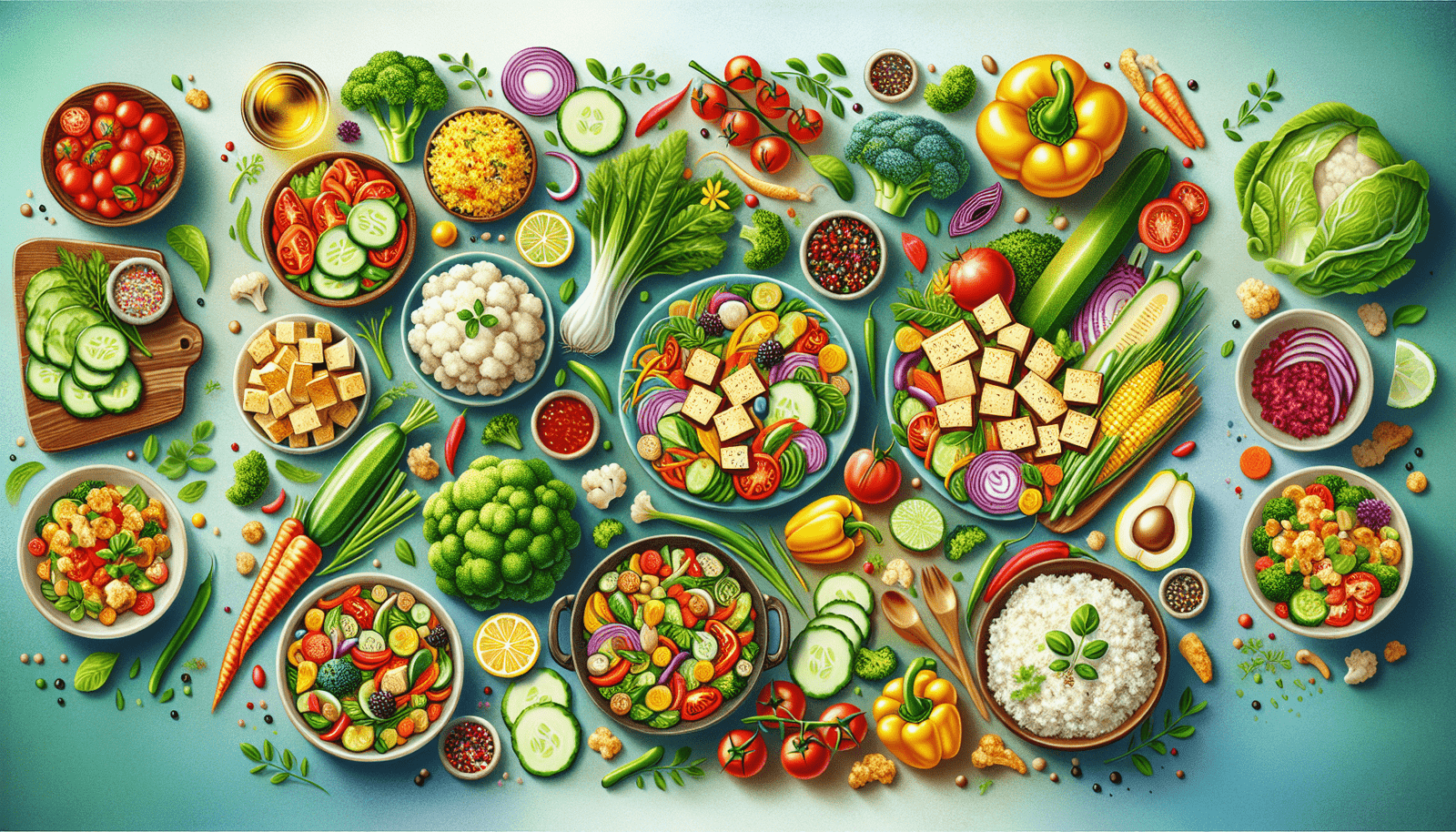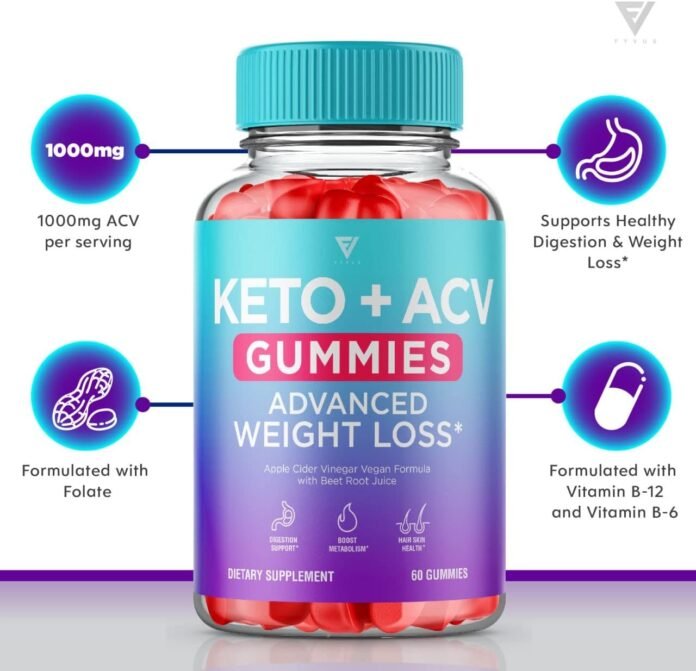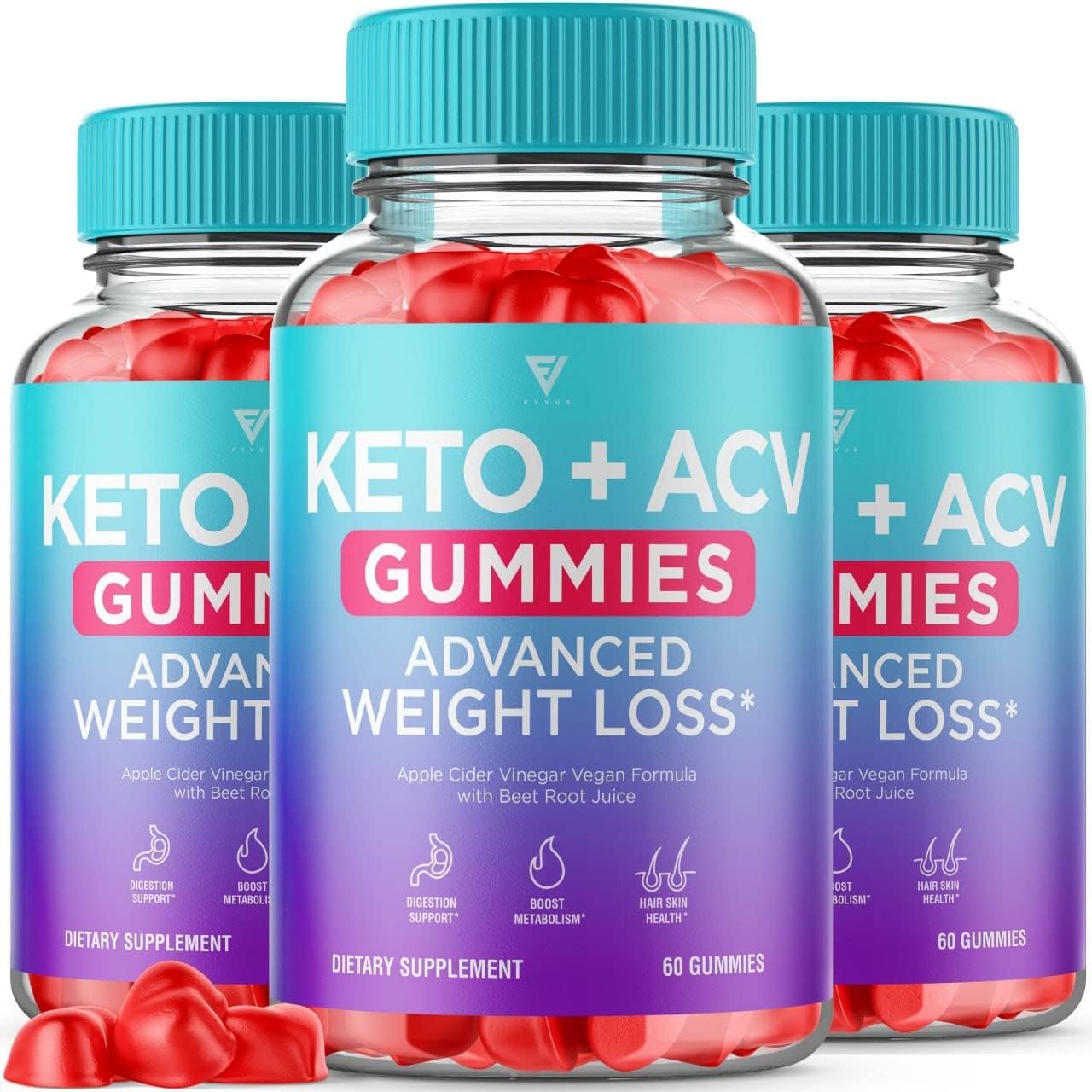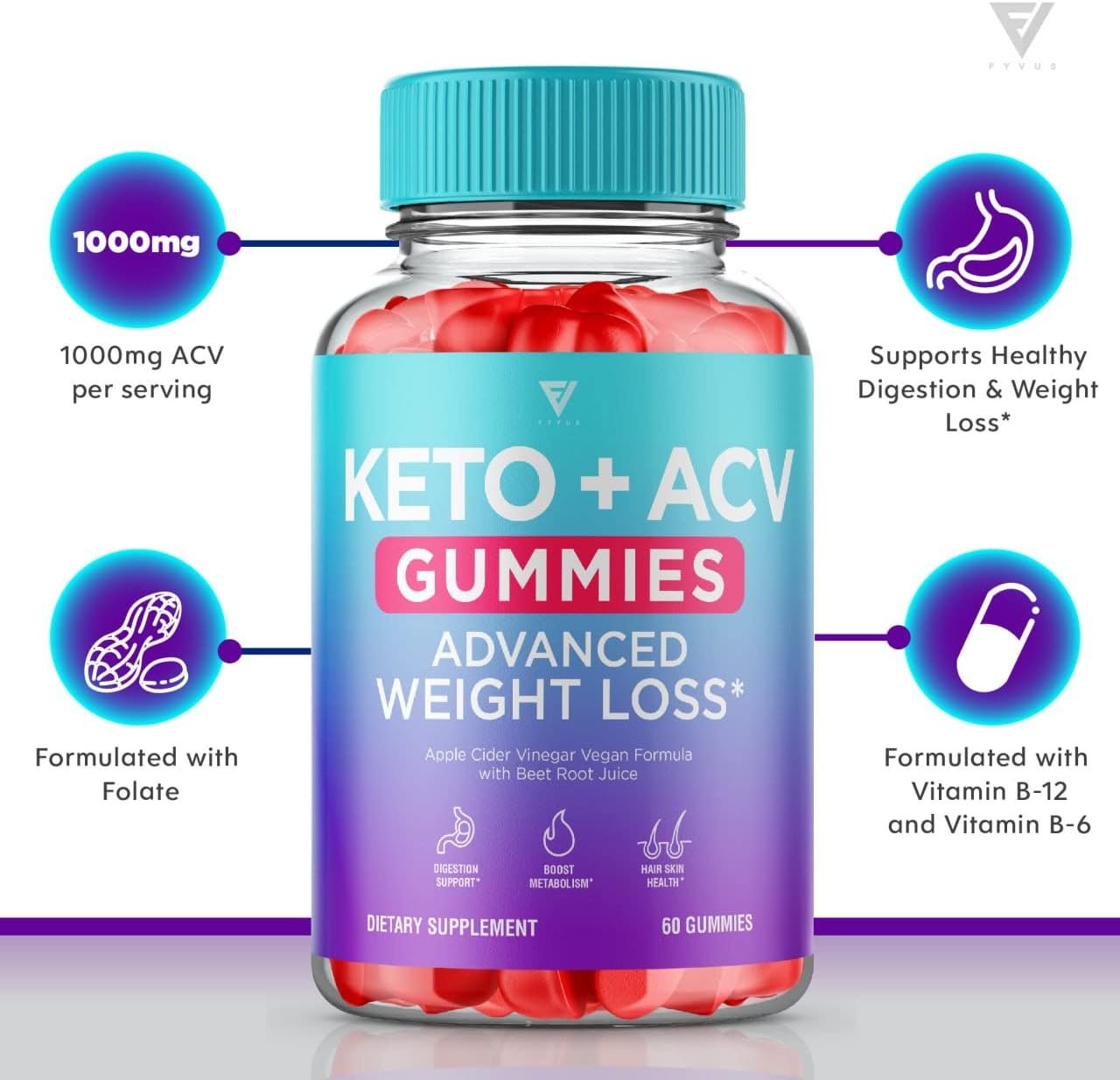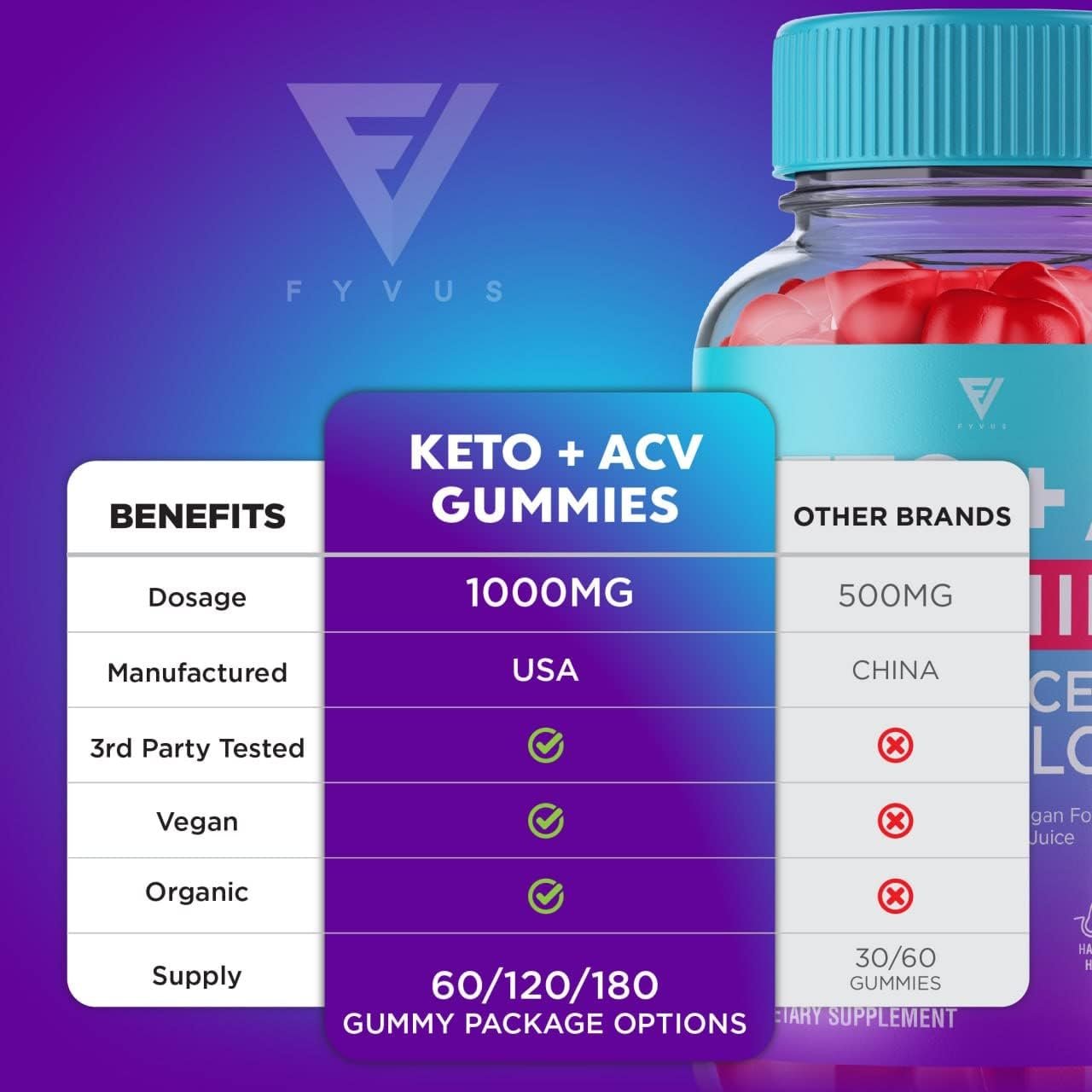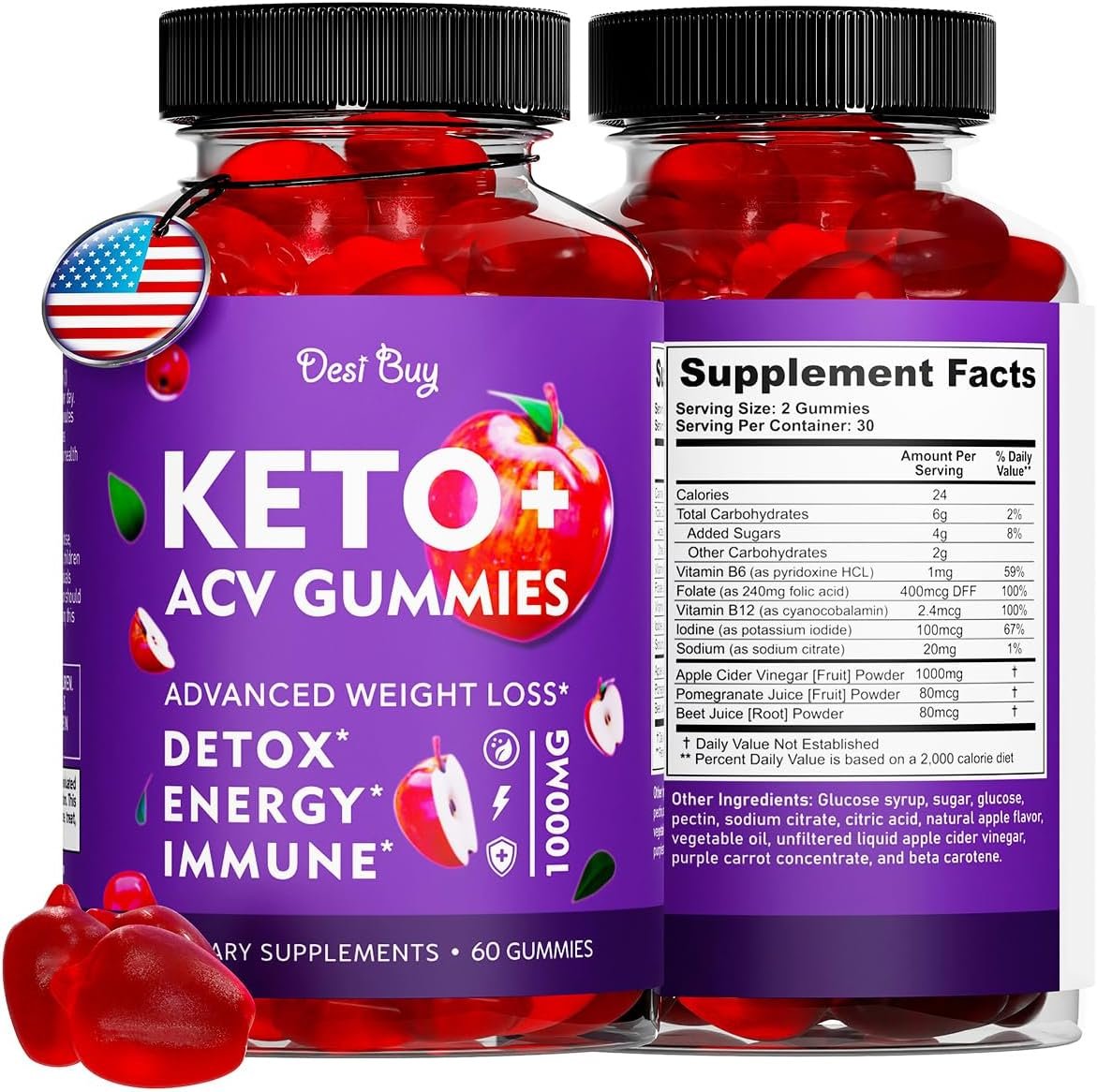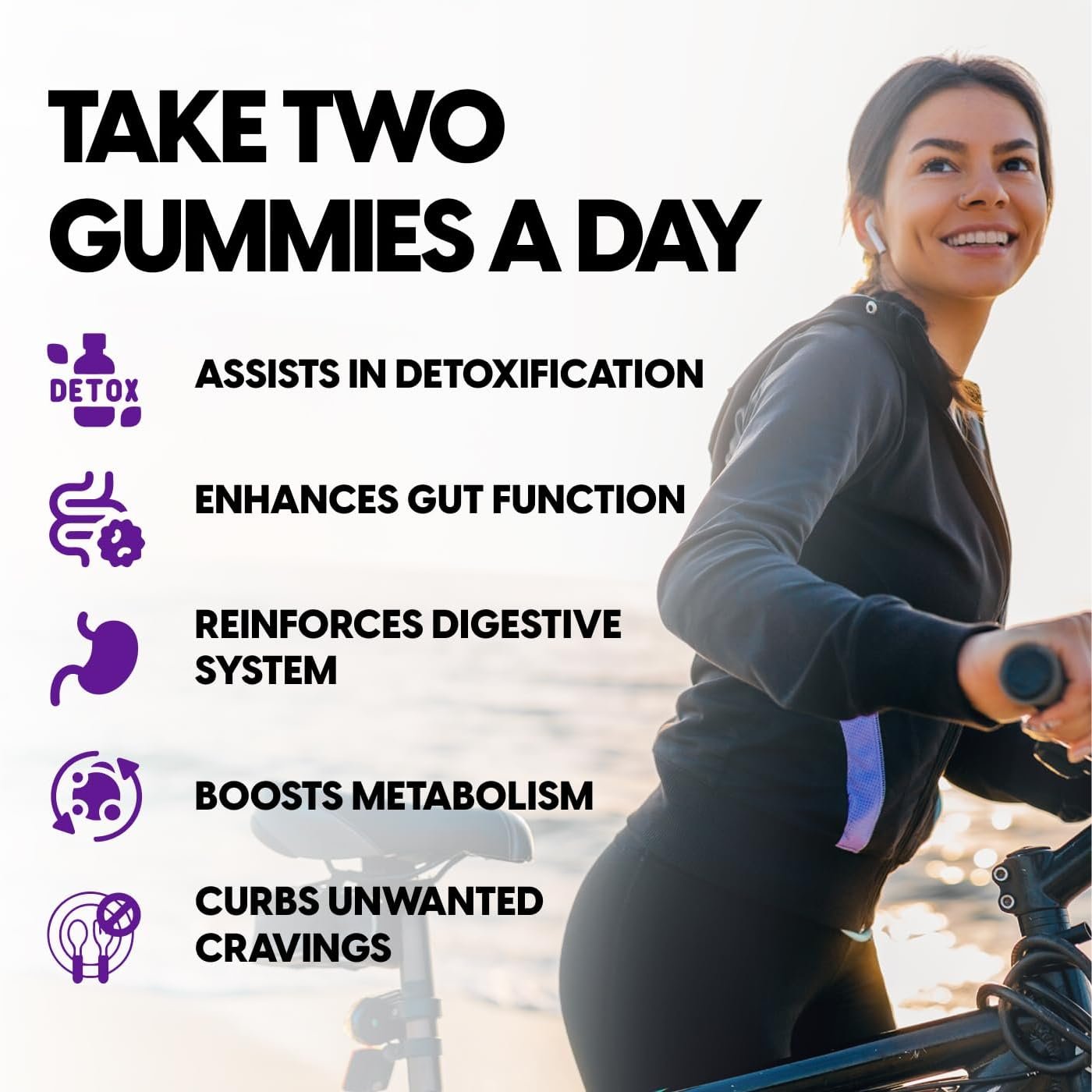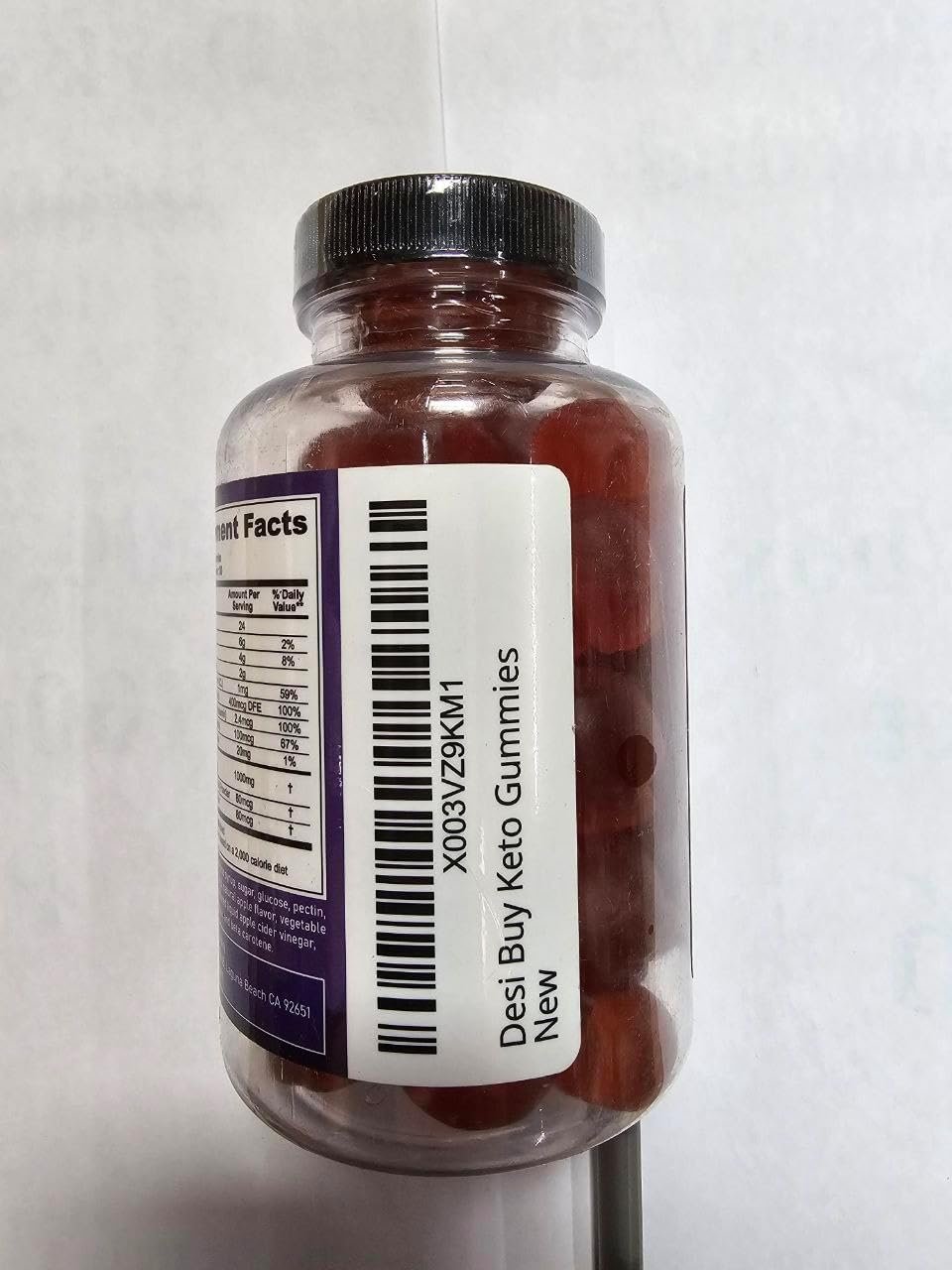Welcome to your guide on keto-friendly vegetables! Whether you’re just starting out on the ketogenic diet or looking to incorporate more low-carb veggies into your meals, this article will provide you with a comprehensive list of vegetables that are perfect for staying in ketosis. From leafy greens to cruciferous vegetables, you’ll discover the best options to help you maintain your ketogenic lifestyle while still enjoying a variety of delicious and nutritious foods. Let’s dive in and explore the wonderful world of keto-friendly vegetables together!
A Guide to Keto-Friendly Vegetables
Are you following a keto diet and looking to incorporate more vegetables into your meals? Are you wondering which vegetables are low in carbs and high in nutrients? Look no further! In this guide, you will find a comprehensive list of keto-friendly vegetables to help you stay on track with your ketogenic lifestyle.

What is a Keto-Friendly Vegetable?
Before we dive into our list of keto-friendly vegetables, let’s first clarify what makes a vegetable suitable for a ketogenic diet. In general, keto-friendly vegetables are low in carbohydrates and high in fiber and nutrients. These vegetables typically have a low glycemic index, which means they have a minimal impact on blood sugar levels. Incorporating these vegetables into your meals can help you stay within your daily carb limit while providing essential vitamins and minerals.
Leafy Greens
Leafy greens are a staple in any keto diet due to their low carb content and high nutrient density. These vegetables are rich in vitamins A, C, and K, as well as minerals like iron and calcium. Some popular leafy greens to include in your keto meals are:
- Spinach
- Kale
- Swiss chard
- Romaine lettuce
- Arugula
Adding leafy greens to salads, omelets, and stir-fries can boost the nutrient content of your meals without adding significant carbs.
Cruciferous Vegetables
Cruciferous vegetables are another excellent choice for keto dieters as they are low in carbs and high in fiber. These vegetables also contain compounds that have anti-inflammatory and antioxidant properties. Some keto-friendly cruciferous vegetables include:
- Broccoli
- Cauliflower
- Brussels sprouts
- Cabbage
- Bok choy
Roasting or sautéing cruciferous vegetables with olive oil and seasonings can enhance their flavor while keeping your carb intake in check.
Avocado
While technically a fruit, avocado is often considered a vegetable in culinary terms and is a must-have for keto enthusiasts. Avocados are high in healthy fats, fiber, and potassium, making them an excellent addition to keto meals. You can enjoy avocado slices on top of salads, as a spread on keto bread, or blended into creamy smoothies.
Keto-Friendly Vegetables to Enjoy in Moderation
While the vegetables mentioned above are excellent choices for a keto diet, there are some vegetables that should be consumed in moderation due to their slightly higher carb content. These vegetables can still be included in your meals but should be portioned carefully to avoid exceeding your daily carb limit.
Bell Peppers
Bell peppers are flavorful and colorful additions to keto meals, but they contain more carbs than leafy greens or cruciferous vegetables. Red, yellow, and orange bell peppers are slightly higher in natural sugars than green bell peppers, so it’s best to enjoy them in moderation. You can use bell peppers in omelets, fajitas, or stuffed with ground meat and cheese for a delicious keto-friendly meal.
Zucchini
Zucchini is a versatile vegetable that can be spiralized into noodles, grilled as a side dish, or baked into keto-friendly bread and muffins. While zucchini is relatively low in carbs, it is still higher in carbs compared to leafy greens and cruciferous vegetables. Enjoy zucchini in moderation to avoid exceeding your daily carb limit.
Tomatoes
Tomatoes are a controversial vegetable in the keto community due to their slightly higher carb content. While tomatoes are rich in vitamins and antioxidants, they contain more natural sugars than other keto-friendly vegetables. If you choose to include tomatoes in your meals, opt for cherry tomatoes or sun-dried tomatoes, which are lower in carbs than regular tomatoes.

Vegetables to Limit on a Keto Diet
While most vegetables can be included in a ketogenic diet in moderation, there are a few high-carb vegetables that should be limited or avoided altogether. These vegetables are significantly higher in carbs and can quickly add up, pushing you out of ketosis if consumed in large quantities.
Carrots
Carrots are naturally sweet and contain a higher sugar content compared to other vegetables, making them less keto-friendly. While a small serving of carrots can be enjoyed occasionally, it’s best to limit your intake to stay within your daily carb limit.
Potatoes
Potatoes, including white potatoes, sweet potatoes, and yams, are high in starch and carbs, making them unsuitable for a keto diet. These vegetables are best avoided on a ketogenic meal plan to maintain a state of ketosis and promote fat burning.
Corn
Corn is another high-carb vegetable that should be avoided on a keto diet. Whether fresh, canned, or frozen, corn contains a significant amount of starch and sugars, which can hinder your progress on a ketogenic diet. Instead of corn, opt for lower-carb alternatives like cauliflower or bell peppers.
How to Incorporate Keto-Friendly Vegetables Into Your Meals
Now that you have a list of keto-friendly vegetables to choose from, it’s time to get creative in the kitchen and incorporate these veggies into your meals. Here are some tips on how to make the most of your keto-friendly vegetables:
Meal Prep
Prepping your veggies ahead of time can save you time and make it easier to stay on track with your keto diet. Wash, chop, and portion out your vegetables at the beginning of the week so you can easily add them to meals throughout the week.
Roasting and Sautéing
Roasting and sautéing vegetables can enhance their flavor and texture without adding extra carbs. Drizzle olive oil over your veggies, sprinkle with seasonings like garlic powder and paprika, and roast in the oven until crispy and caramelized.
Spiralizing
If you’re craving pasta but want to stick to your keto diet, consider spiralizing zucchini or yellow squash into noodles. Top your veggie noodles with keto-friendly sauces like pesto or marinara for a satisfying and low-carb meal.
Blending
Incorporate leafy greens like spinach and kale into smoothies for a nutrient-packed breakfast or snack. Blend greens with avocado, unsweetened almond milk, and a scoop of protein powder for a delicious and filling smoothie that will keep you satisfied.

Conclusion
In conclusion, incorporating keto-friendly vegetables into your meals is an essential part of maintaining a healthy and balanced ketogenic diet. By choosing low-carb, nutrient-dense vegetables like leafy greens, cruciferous vegetables, and avocado, you can stay within your daily carb limit while reaping the benefits of essential vitamins and minerals. Remember to enjoy vegetables in moderation, be mindful of higher-carb options, and get creative in the kitchen with different cooking methods and recipes to keep your meals exciting and flavorful. Here’s to happy and healthy eating on your keto journey!









